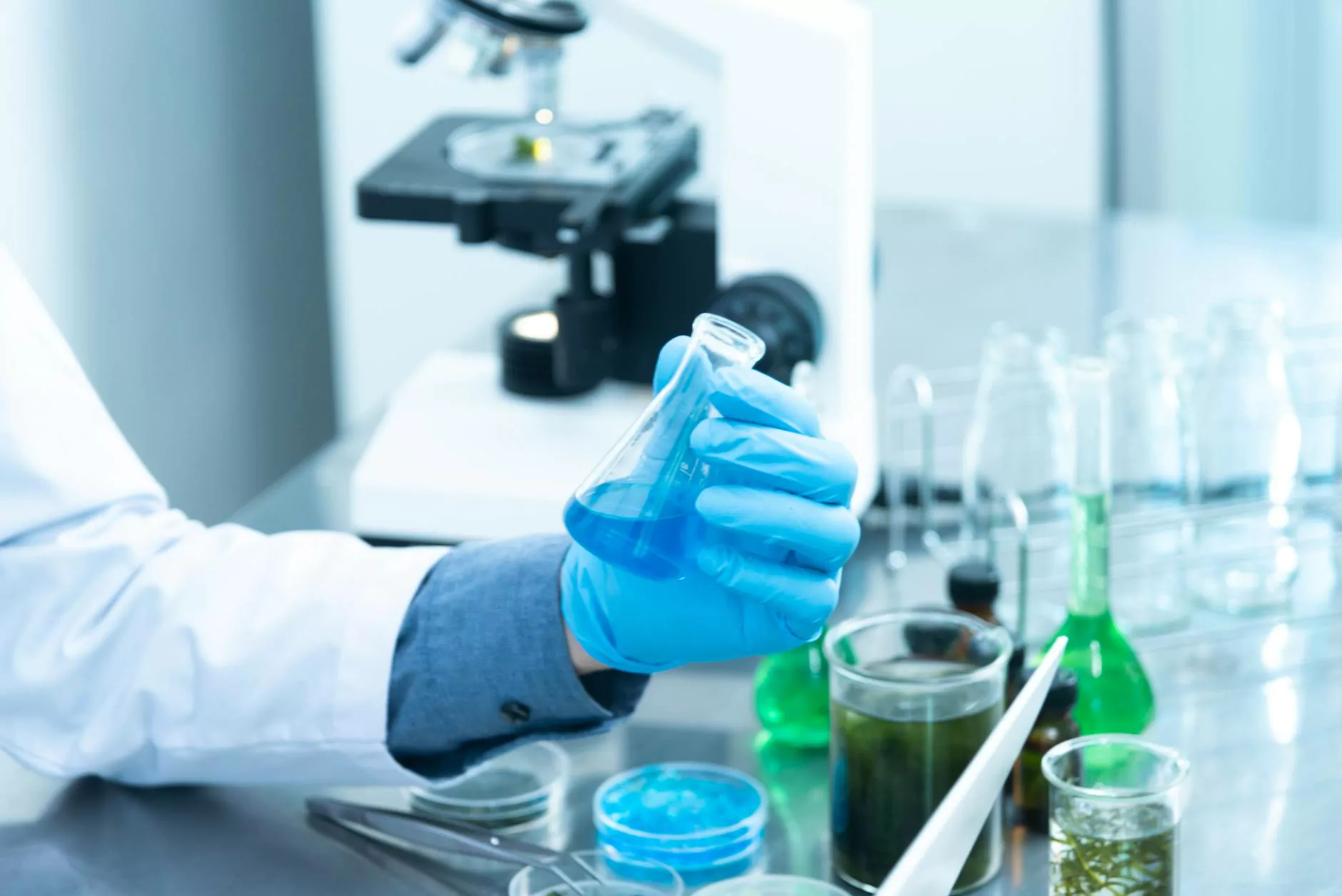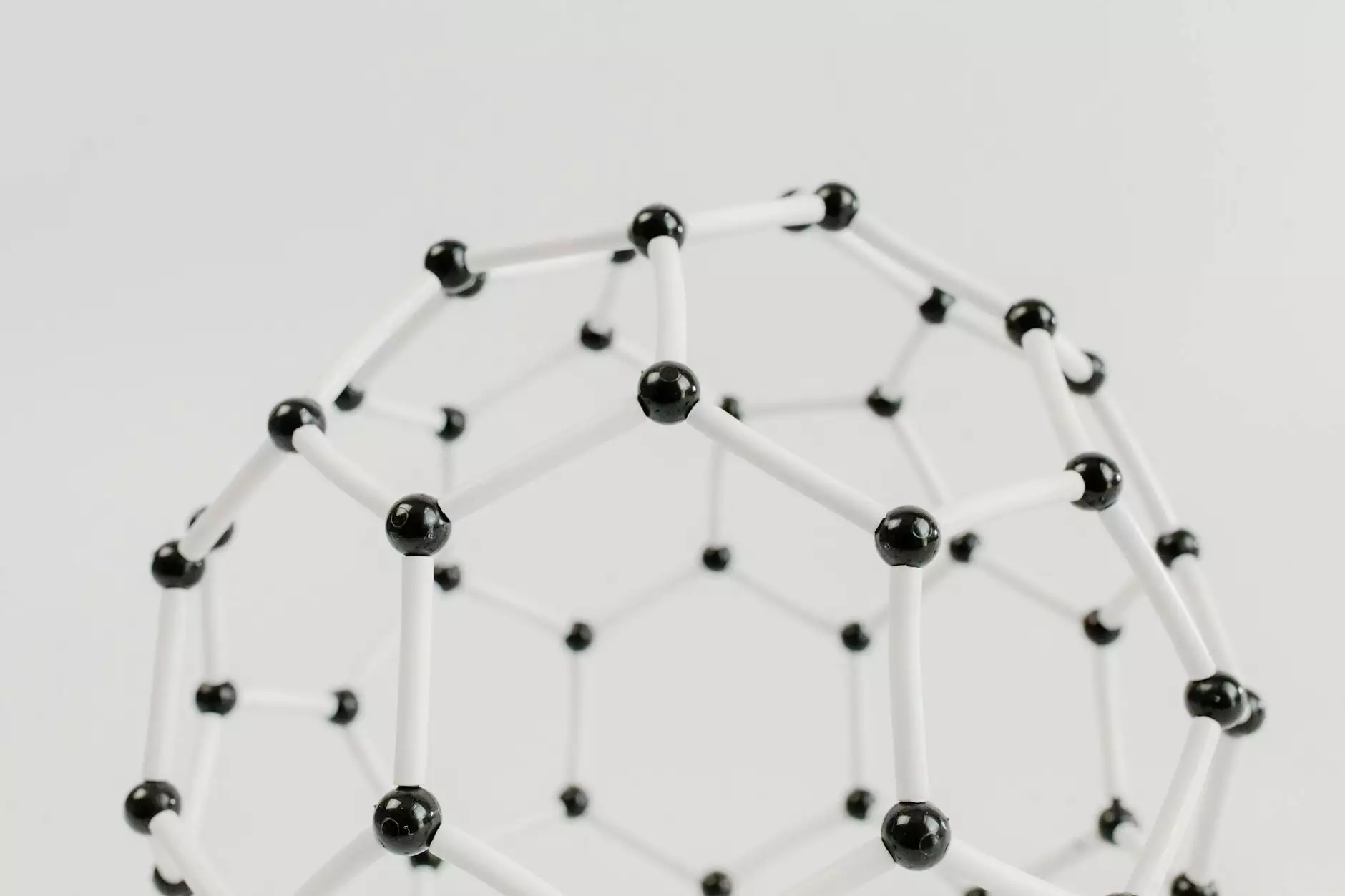Recrystallization Lab Report: Choosing a Solvent For Your Experiment

Introduction to Recrystallization
Recrystallization is a vital technique in organic chemistry used for purifying solid compounds. This lab report aims to provide you with a comprehensive understanding of the recrystallization process, focusing specifically on selecting the ideal solvent.
What is Recrystallization?
Recrystallization is a common purification method used to remove impurities from solid compounds. It involves dissolving a crude compound in a suitable solvent, which is then cooled down to allow the formation of pure crystals. This process relies on the differential solubilities of the desired compound and impurities in the chosen solvent.
Why is Choosing the Right Solvent Important?
The success of recrystallization greatly depends on selecting the appropriate solvent. Here's why:
Polarity:
The solvent's polarity should be considered, as it determines the compound's solubility. Matching the compound's polarity with that of the solvent increases the chances of successful recrystallization.
Impurity Solubility:
The solvent must have a significantly lower solubility for impurities compared to the compound of interest. This ensures that impurities remain dissolved while the desired compound crystallizes out.
Solvent Boiling Point:
The boiling point of the solvent plays a crucial role. Ideally, the solvent should have a boiling point below the melting point of the compound to ensure easy dissolution during the heating process. Additionally, the boiling point should allow for sufficient solubility of both the compound and its impurities.
Cost and Availability:
Consider the cost and availability of the chosen solvent, especially when working on a larger scale. It is important to select a solvent that is both affordable and easily accessible.
Factors to Consider When Selecting a Solvent
Several factors need to be taken into account when choosing a solvent for your recrystallization experiment:
Polarity and Compatibility:
The solvent's polarity should match or be similar to that of the compound being purified. This enhances the solubility of the compound while reducing the solubility of impurities.
Solubility Testing:
Prior to recrystallization, perform solubility tests using different solvents to identify the one that dissolves the crude compound best. Determine solubility in both hot and cold conditions.
Melting Point Range:
The desired compound should have a suitable range for melting and recrystallization to occur successfully. A narrow melting point range indicates a higher purity level.
Chemical Stability:
Ensure the solvent does not react chemically with the compound of interest, as this could lead to decomposition or undesirable side reactions. Research the compatibility of the compound with various solvents.
Safety Considerations:
Always prioritize safety when selecting a solvent. Make sure it is non-toxic, non-flammable, and does not release harmful fumes. Proper ventilation and personal protective equipment should be used.
Commonly Used Solvents
There are several solvents frequently employed in recrystallization processes. Here are some commonly used ones:
Water:
Water is often the first solvent choice due to its low cost and widespread availability. It is suitable for compounds that are highly polar and have a good solubility in water.
Ethanol:
Ethanol is a versatile solvent that works well with both polar and non-polar compounds. It is often combined with water to create varying solvent ratios and improve solubility.
Methanol:
Methanol, similar to ethanol, is widely used in recrystallization processes. It has a lower boiling point compared to ethanol and can dissolve a broad range of organic compounds.
Acetone:
Acetone is commonly employed as a solvent due to its moderate polarity and excellent ability to dissolve many organic compounds. It evaporates quickly, making it useful for drying crystals.
Ether:
Ether is often used for recrystallization when working with non-polar compounds. It has a low boiling point and is highly volatile, which aids in the removal of solvent during the drying process.
Conclusion
Selecting the right solvent is crucial for a successful recrystallization experiment. Factors such as polarity, impurity solubility, boiling point, cost, and availability must be considered. By carefully evaluating these factors and conducting proper solvent testing, you can ensure the best possible purification outcome for your compound. Experiment with various solvents and analyze their effectiveness in order to achieve the highest purity and yield in your recrystallization process.










